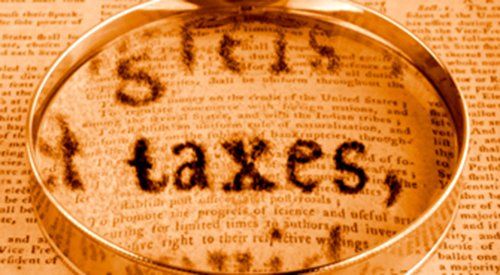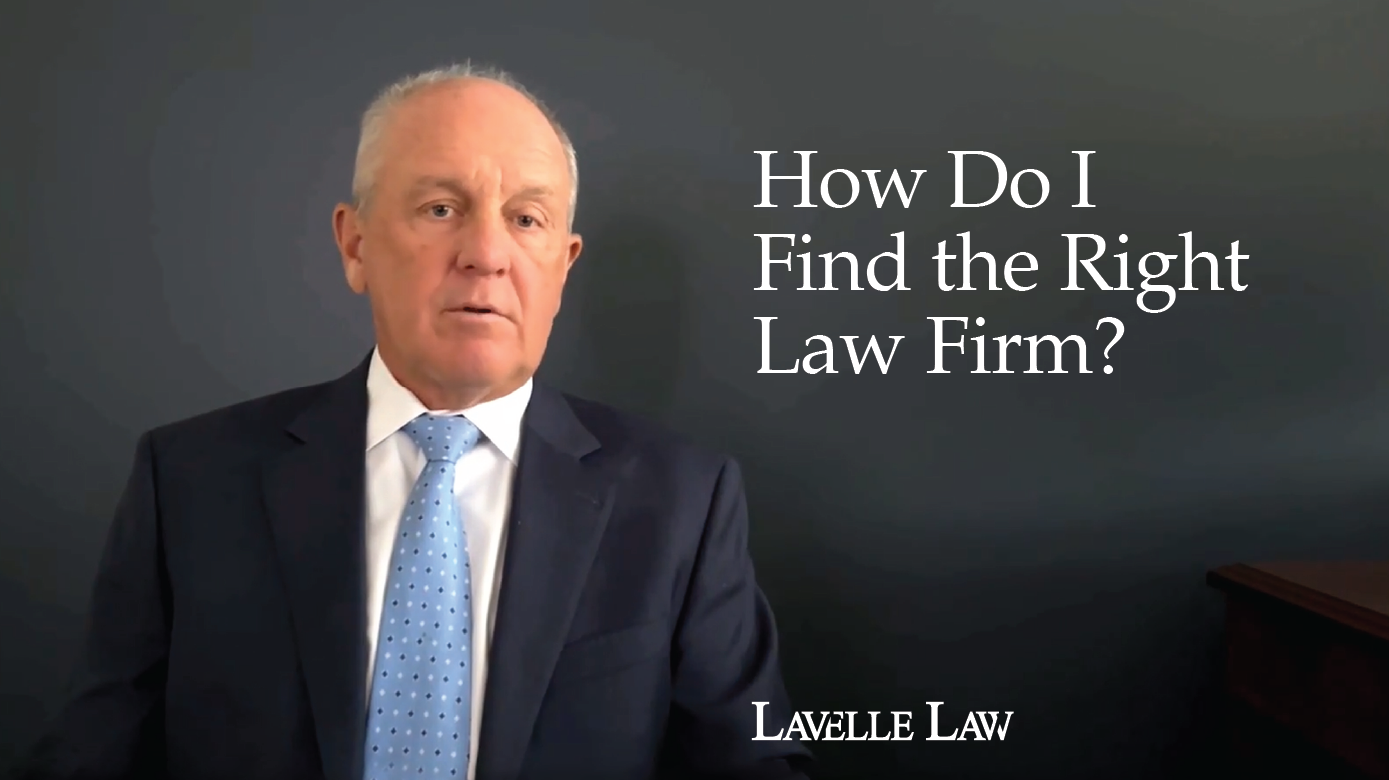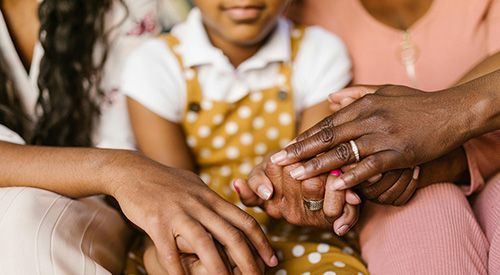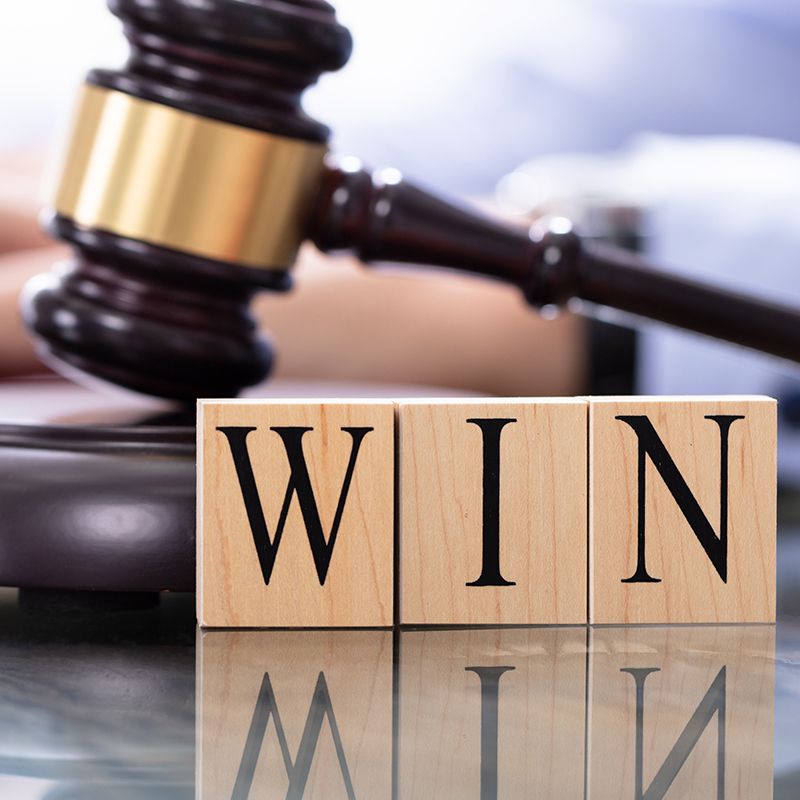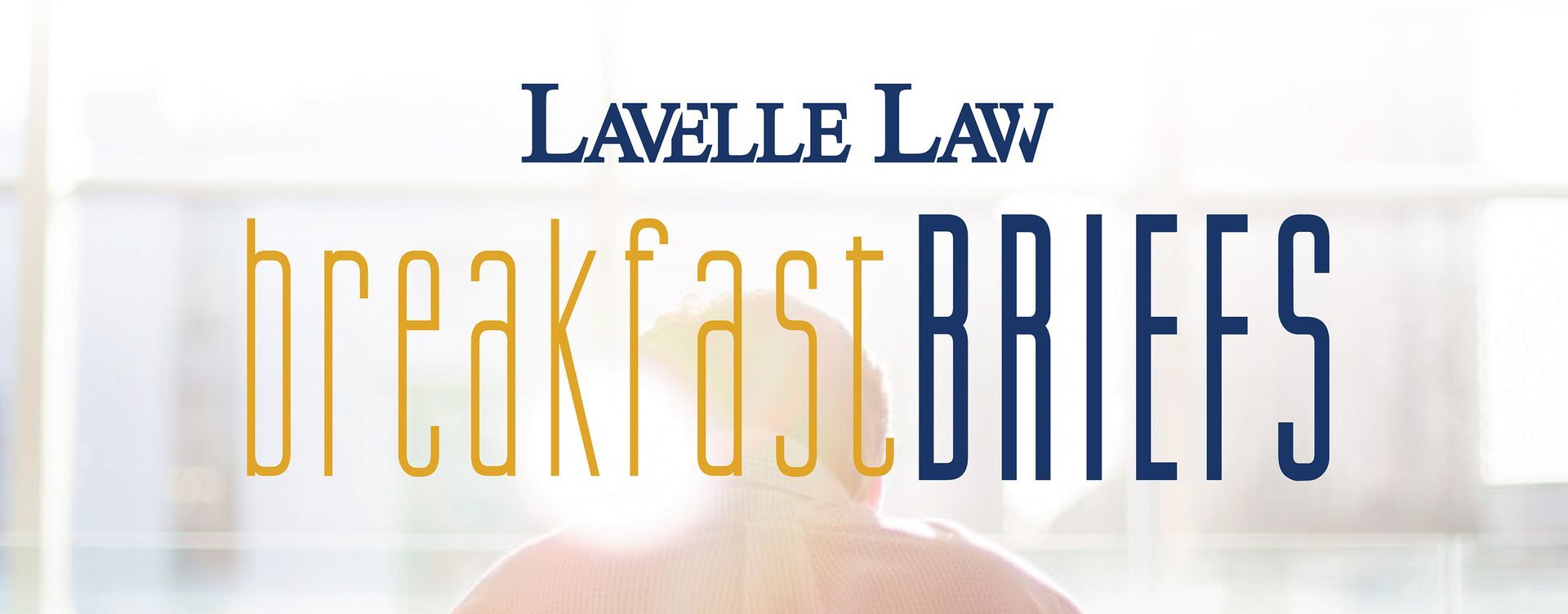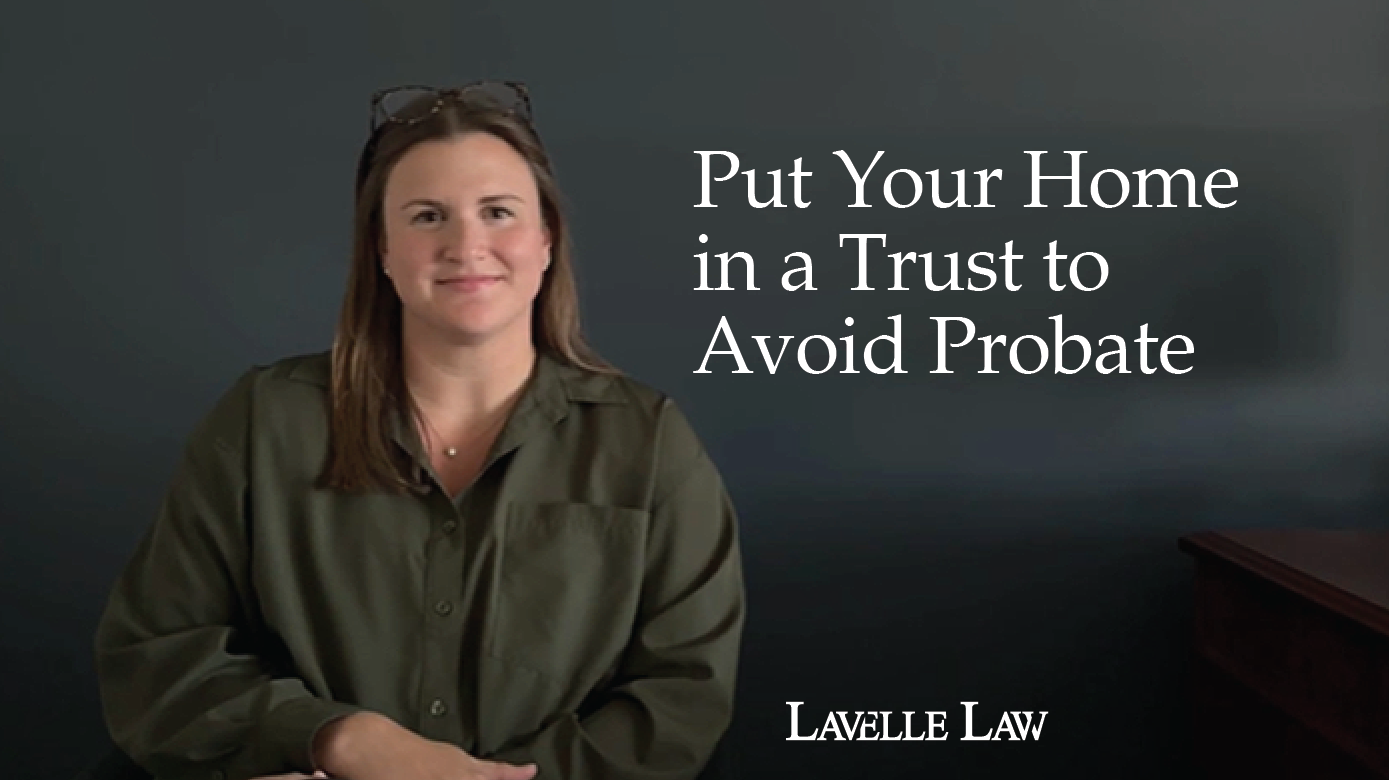PPP Loan Forgiveness Application
Steven A. Migala • May 20, 2020
On May 15, 2020, the U.S. Department of Treasury (Treasury) and the U.S. Small Business Administration (SBA) released the Paycheck Protection Program (PPP) Loan Forgiveness Application. The application and related instructions provide more guidance for borrowers with respect to PPP loan forgiveness. The SBA is also expected to issue soon a new interim final rule to supplement the application, which will provide specific information and guidance for both borrowers and lenders on how to apply for, calculate and process these applications. Below are the key takeaways:
- In determining the payroll costs to be included in the forgiveness amount, a borrower with a biweekly (or more frequent) payroll schedule may choose either the eight weeks following loan disbursement or eight weeks (56 days) beginning on the first day of its first pay period following loan disbursement. While the application indicates this Alternate Payroll Cover Period is “for administrative convenience” and can be used only for certain pieces of the application, it may enable borrowers to have more of their loan amount be forgivable due to timing.
- The borrower must confirm whether it, together with its affiliates, received PPP loans in excess of $2 million. This relates to the SBA’s guidance that it will conduct a full review of all groups of affiliate loans that individually are under $2 million but aggregate to over $2 million for purposes of the review described in FAQ 46 of the SBA’s interim final rule.
- The application requires that the borrower confirm that at least 75% of the forgiveness amount is for payroll costs.
- The borrower will have flexibility to include expenses paid or incurred during the applicable period. This allows a borrower to include payroll costs with paycheck distribution or origination of an ACH during the covered period and/or earned by employees but not yet paid (because the pay date falls after the last payday in the covered period) if paid on or before the next regular payroll date, in each case without duplication. Importantly, this concept of “incurred” or “paid” also is applicable to other permissible uses of funds, such as utilities and mortgage interest/rent payments.
- The borrower’s forgiveness amount will not be reduced if it made a good faith, written offer to rehire workers that was rejected by them (as previously provided in FAQ 40). This is extremely helpful for small businesses such as restaurants who have routinely found it difficult to rehire workers who have been laid off or furloughed because they can make more on unemployment than by returning to work. Nor will the borrower’s forgiveness amount be reduced for employees whose employment was terminated for cause or employees who voluntarily resigned.
- The application requires the borrower to maintain all documents and records related to its PPP loan for six years after the loan is forgiven or repaid in full, including documentation supporting the borrower’s certifications as to the necessity of the loan request and its eligibility for a PPP loan, documentation necessary to support the borrower’s loan forgiveness application, and documentation demonstrating the borrower’s material compliance with PPP requirements.
If you have any questions about the PPP Loan Forgiveness Application or the SBA’s interim final rule, contact Steven Migala at smigala@lavellelaw.com
or (847) 705-7555.
More News & Resources
Lavelle Law News and Events

The Illinois General Assembly enacted Public Act 1738, amending several provisions of the Illinois Code of Civil Procedure to raise debtor exemption limits effective 1.1.26. The new law provides expanded protection for residents, marking the most significant increase to the state’s exemption statutes in over a decade.


